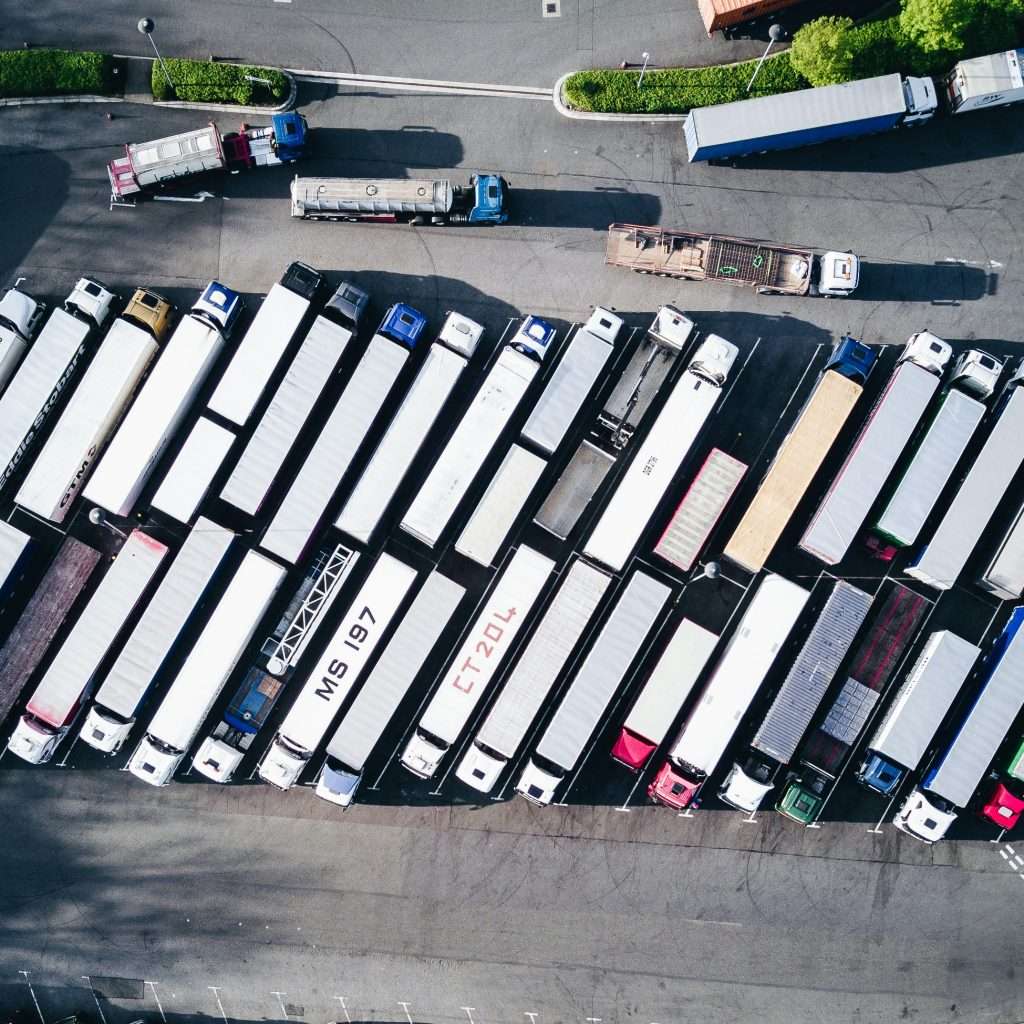As supply chain complexities increase, a digital transformation in yard management is essential to alleviate operational chokepoints and enhance efficiency.
Challenges at the Crossroads of Transport and Warehousing
Yard management, the critical juncture between transportation and warehousing, is notorious for inefficiencies that escalate costs and delay deliveries. A leading beverage distributor’s experience highlights common issues: missed appointments, dock scheduling errors, and congested yards, all leading to increased expenses and customer dissatisfaction.
Digital Transformation: The Path to Efficiency
The unique characteristics of each facility exacerbate these challenges. With 80 facilities nationwide, the distributor faces diverse yard setups, from parking arrangements to check-in procedures. Moreover, the prevalent driver shortage has intensified yard congestion with an uptick in drop trailers, complicating inventory prioritization and lot capacity.
Appointment scheduling further complicates operations, with drivers often arriving unscheduled and simultaneously. While robust automated systems can mitigate some issues, they are not a cure-all for these systemic problems.
Industry Mobilization and Collective Solutions
The industry is now prioritizing yard management, seeking collective solutions. For instance, FourKites is collaborating with supply chain leaders like BlueYonder and Oracle in the Scheduling Standards Consortium (SSC). The SSC’s endorsement of a universal API standard simplifies system integration, fostering a more efficient appointment scheduling process and integrating yards into the digital supply chain ecosystem.
Strategic Recommendations for Shippers and Distributors
To address yard inefficiencies, shippers and distributors should consider:
- Top-down Process Standardization: Mandating uniform processes across all facilities can streamline operations and enable benchmarking for continuous improvement.
- Digitize the Yard’s Periphery: Automation is key, and with AI advancements and cost-effective monitoring systems, companies can enhance yard oversight without significant investment.
- Establish a Facilities Center of Excellence: A centralized approach to technology investments and decision-making can drive network-wide efficiencies and best practice sharing.
The Tangible Benefits of Yard Optimization
Digitization and automation yield immediate returns, reducing detention fees and establishing accountability. Additionally, optimizing yard operations contributes to environmental sustainability by reducing idle truck emissions, aligning with regulatory mandates aimed at lowering warehousing activity emissions.
A Collaborative and Technological Approach
Yard management challenges are surmountable through collective action, automation, and reevaluation of traditional management methods. By embracing digital solutions and industry collaboration, the path to streamlined yard operations is clear.







